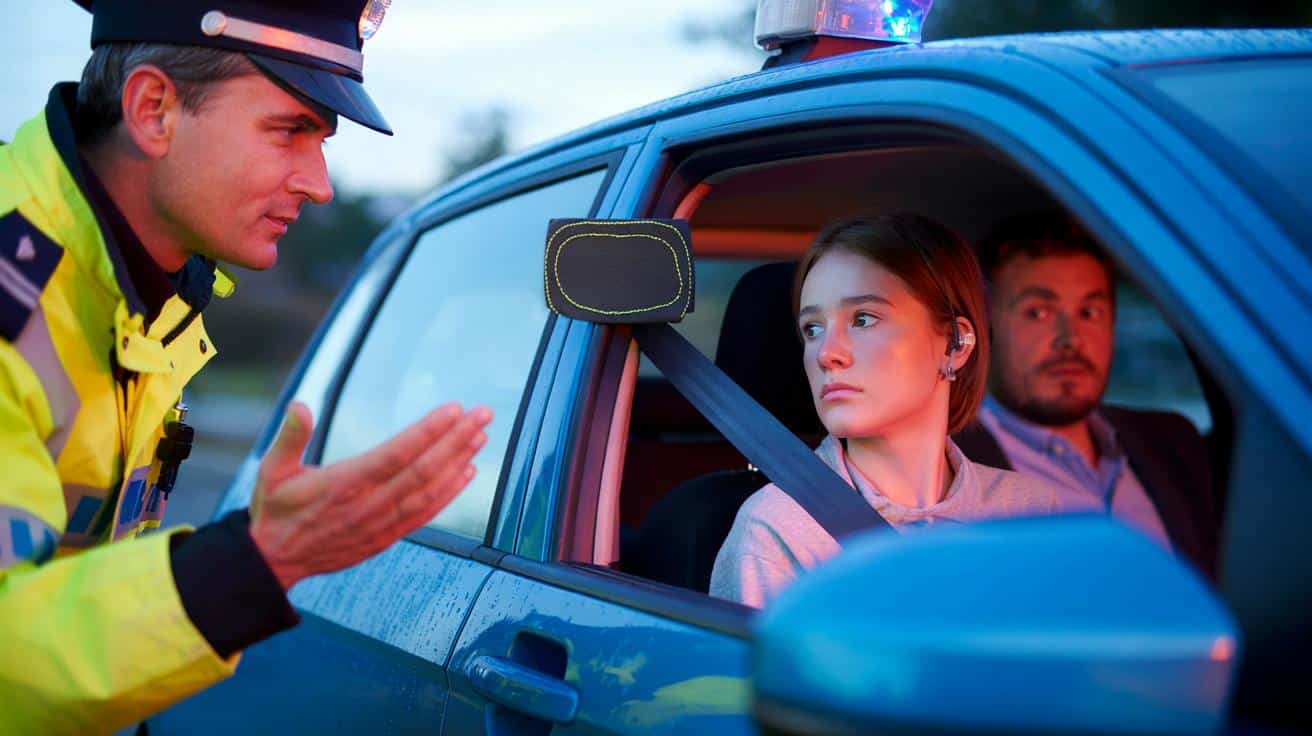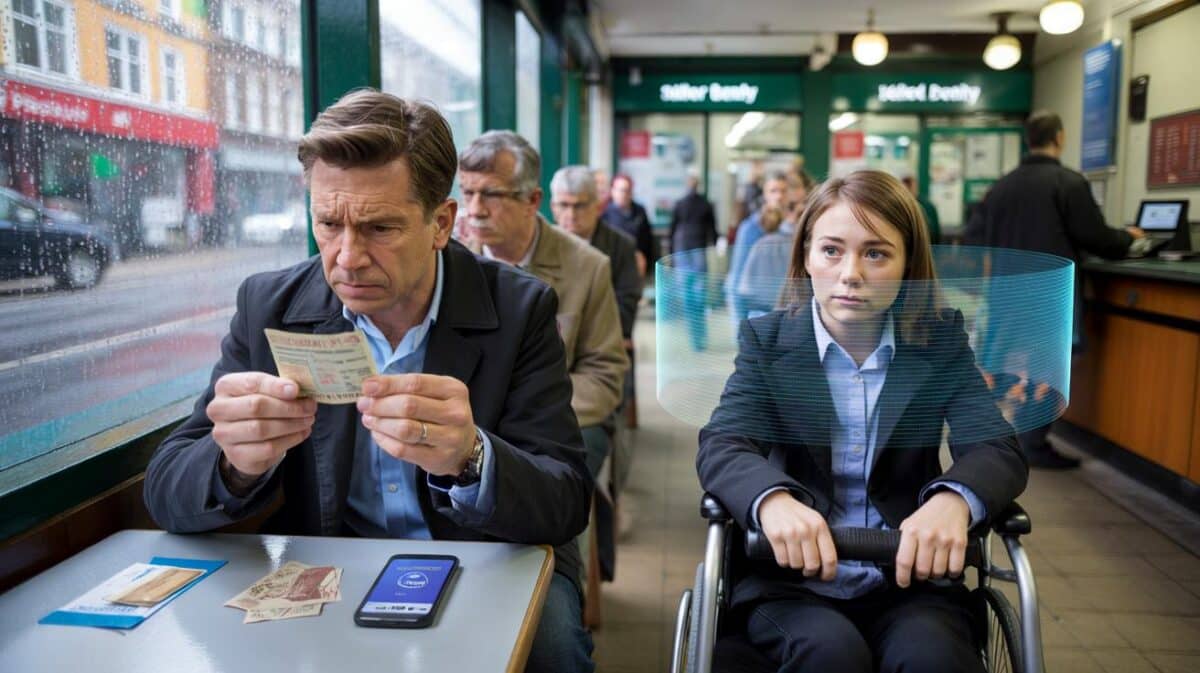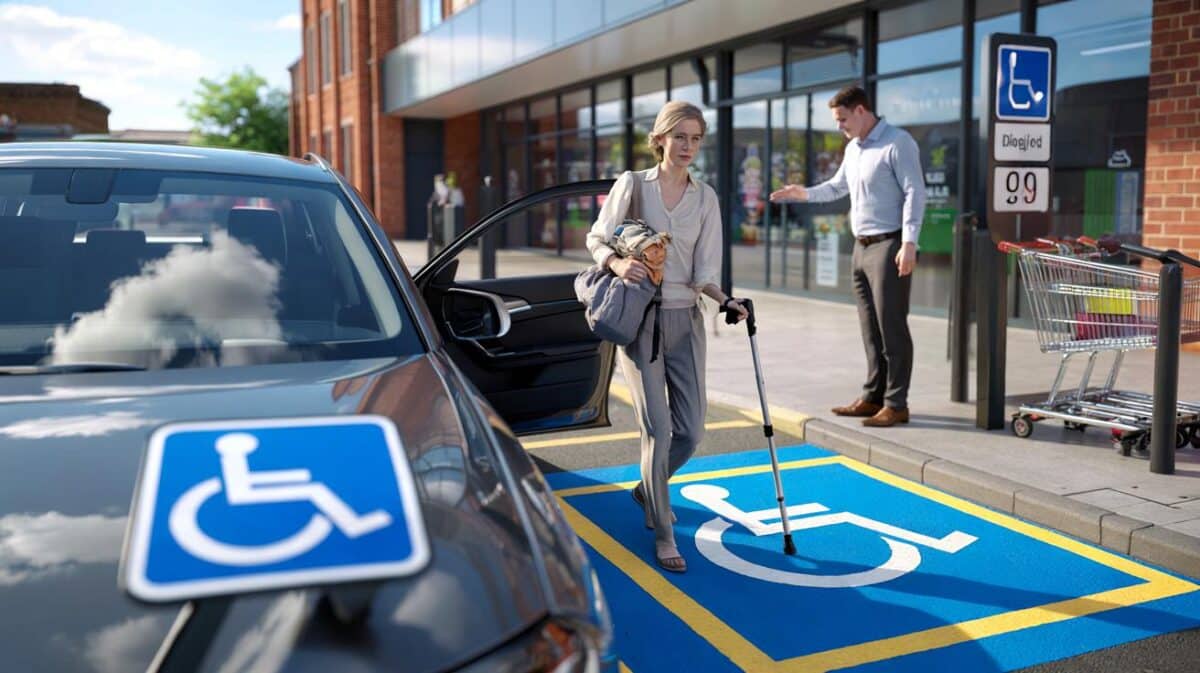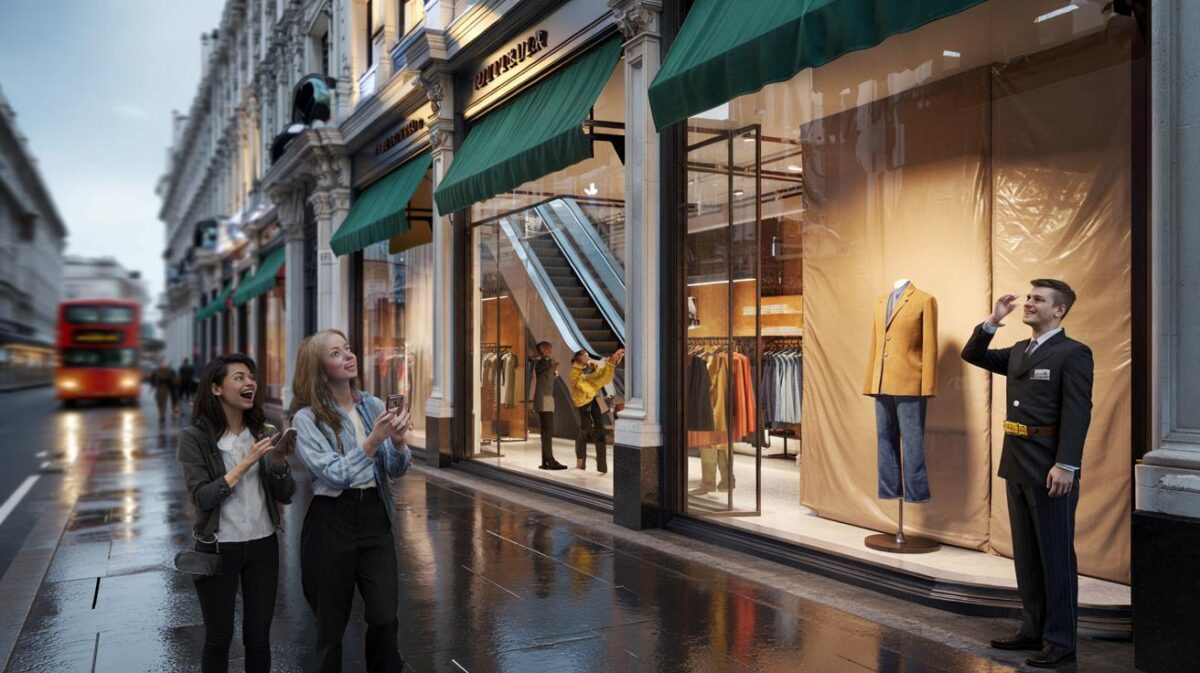A quiet, low-tech fix is slipping into police cars across the UK: soft seatbelt covers that tell officers a little about the person they’re about to meet. They don’t flash or beep. They just speak first — so nobody has to shout later.
A patrol car pulls in behind a family hatchback that’s clipped a kerb. The driver looks rattled, glancing at his teenage son who’s rigid, eyes fixed on nothing. An officer steps up, leans, and spots the stitched message on the shoulder strap: “Autistic passenger. May not speak.” The officer changes his tone without a word. Palms open. Pace slow. Voice softer, questions simpler, pause lengthened. The boy’s breathing eases. The father’s shoulders drop. A small rectangle of fabric has shifted the whole scene by ten degrees. A ten‑second head start.
A small strip of fabric, a big difference
Seatbelt covers are not gadgets. They’re fabric sleeves that slide over the shoulder strap and carry a clear message: “Hard of hearing.” “Non-verbal.” “May not follow verbal commands.” For officers and paramedics, those eight or ten words can steer the first minute of contact. The tone softens, the tempo drops, and choices change. It’s a nudge that arrives before anxiety does.
For Laura, a mum from the Midlands, that nudge meant everything during a minor shunt at a roundabout. Her son Theo is 11 and doesn’t speak when he’s overwhelmed. When a responder leaned in, he clocked the cover — “Non-verbal autistic passenger” — and switched to thumbs-up questions and simple gestures. The ambulance wasn’t needed, nobody panicked, and they got home for tea. Officers talk about the “golden minute” at the roadside. The cover steals a few seconds back from confusion and gives them to calm.
Why does it work? Because misread silence looks like defiance in high-stress moments. A person who doesn’t respond quickly can look evasive. A person avoiding eye contact can look shifty. The cover reframes all that before assumptions harden. It’s not a medical ID or a legal shield. It’s a communication cue — a prompt to change channel, not the law. And it sits where eyes naturally fall when an officer leans in.
How to get one, and make it count
Forces across the country have begun offering free seatbelt covers through neighbourhood teams, community events and online request forms. Charities and councils stock them too, sometimes alongside sunflower lanyards. You slide it over the belt and position the message where a person outside the car can read it easily. Keep the text short and high-contrast. Add a small card in the glovebox with a contact number and any basics you’d want a stranger to know.
Choose wording that fits the person in your life, not a template. “I’m autistic and may need extra time” might be perfect for one person, while “Hard of hearing — please face me” is clearer for another. Don’t cram personal data on the cover; keep sensitive details off show. We’ve all had that moment when a simple phrase eased tension. Rotate spare covers between cars if you switch vehicles, and check they don’t slip down the belt. Let’s be honest: nobody does that every day.
Officers I spoke to kept returning to the same point: the cover is an invitation, not a demand. It signals a better way to start.
“We read the seatbelt before we hear the story,” said Sergeant Ayesha Malik, who’s helped hand out covers at a community drop-in. “If I know someone might not speak, I change my questions, my stance, my timing. It stops small things snowballing.”
- Position: Place the cover high on the shoulder strap, message facing the window side.
- Wording: Stick to 6–10 words in large, plain type. No jargon.
- Language: If English isn’t the first language at home, consider a bilingual line.
- Pairing: A simple medical info card or sunflower lanyard can help outside the car.
- Privacy: QR codes are handy, though avoid linking to pages with personal data you’d regret sharing.
Beyond the cover: trust at 30 mph
The seatbelt cover is humble, almost homespun. Yet it hints at something bigger: the first few seconds of any encounter decide if people feel safe enough to listen. Officers want clear signals. Families want kinder starts. That doesn’t fix everything. It can soften the edges when nerves are frayed and the road is noisy with sirens and worry. *A small, readable truth beats a muddle of good intentions.* If your world sometimes moves at a different speed, the right words in the right place can help it meet the rest of the world halfway. And if a stranger’s job is to keep you safe, they deserve that head start too.
| Key point | Detail | Interest for readers |
|---|---|---|
| What the covers do | Simple fabric sleeves that display a clear communication need, visible at the shoulder strap | Shows how a low-tech tool can reset tense moments in seconds |
| Where to get them | Police community teams, local events, some force websites, charities and councils | Practical routes to pick one up without fuss |
| How to use them well | Short, high-contrast wording; good placement; pair with a basic info card | Helps readers turn an idea into something that works on stressful days |
FAQ :
- Are seatbelt covers a legal document?No. They’re a communication aid, not an ID or exemption. Officers still follow the law and safety process; the cover helps them choose the best approach.
- Will a cover change how officers speak to me?Often, yes. It can prompt slower pacing, clearer questions and more visual cues. It won’t override safety checks, yet it usually softens the first exchanges.
- What should the message say?Keep it short and plain: “Autistic — may not speak,” “Hard of hearing — please face me,” “Speech difficulties — allow extra time.” Clarity beats detail.
- Is it safe to show personal information?Stick to communication needs only. Keep medical histories, addresses and phone numbers off the cover. If you use a QR code, link to minimal, non-sensitive info.
- Do I need one if I already use a sunflower lanyard?The lanyard helps when you’re out of the car. The seatbelt cover is visible where responders look first in a vehicle. Many families like using both.
Strong schemes start with small things that work, then spread by word of mouth. These covers feel like that. They’re cheap, polite and easy to copy. They help in fender-benders, tyre blowouts, sudden illness, even routine stops that spike the pulse. They give responders what they want most: accurate clues, early. And they give families what they crave on a bad day: kind assumptions. No training video can do in a minute what a clear message can do in a glance. If your world involves sensory spikes, delayed speech, or hearing loss, a simple line of text could spare you a dozen awkward minutes. Someone will read it. Someone will slow down. The road will feel a touch less hard.









